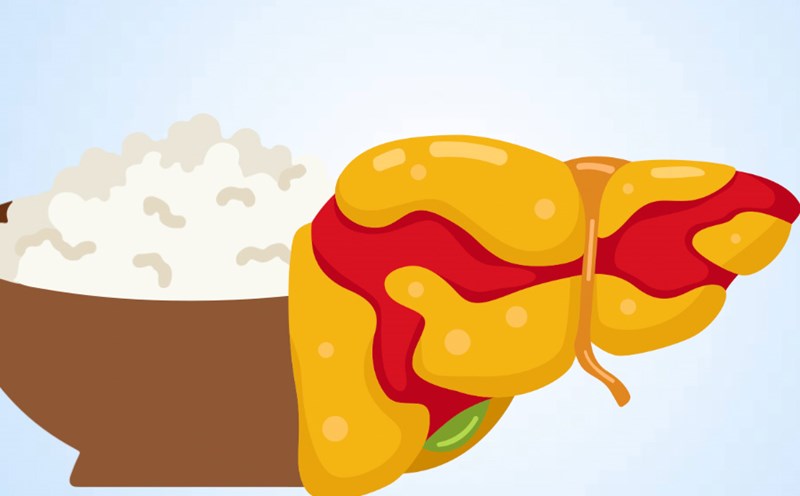According to a digestive expert trained at Harvard, monitoring some simple manifestations can help you detect the risk of fatty liver early without having to rely on medical equipment. If you find yourself having one or more of the following characteristics, consider a medical examination and an ultrasound or blood test for accurate diagnosis.
1. Observing waist and weight
The accumulation of belly fat is closely related to fatty liver. If the waist begins to grow larger (male > 90 cm, female > 80 cm) or BMI continues to increase, it may be a noteworthy sign. When the fat around the liver increases, the pressure on this organ is also greater, causing liver function to be affected.
2. Pay attention to fatigue and decreased energy
Feeling lethargic for a long time, feeling heavy after a meal or feeling weak after adequate rest can be an early sign of fatty liver. At this time, the liver has difficulty processing fat and carbohydrates, leading to reduced body performance.
3. Monitoring digestive changes
Frequent bloating, indigestion, loss of appetite, mild nausea, or discomfort in the upper right abdomen can all be signs of liver problems. These symptoms sometimes appear before the disease progresses.
4. Check skin, eyes and urine color
Some external signs also reflect liver condition. The skin or whites of the eyes turn yellow, with dilated capillaries under the skin, or unusually dark urine can be a sign that the liver is damaged. Although this is often a late symptom, early identification is still extremely important.











